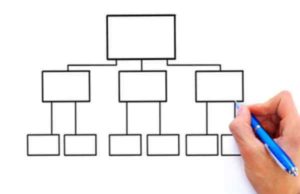
Trade acceptances are a specific type of acceptance made on a draft negotiable instrument. Trade acceptances are specifically a type of acceptance, or a promise to pay, made by a finance company. Generally speaking, trade acceptances are made when a company agrees to pay another company at some later date for an exchange of goods.
The key elements of any given trade acceptance are the draft and the acceptance. The draft, or time draft to be more specific, is the negotiable instrument itself, the document on which the drawer orders the drawee to give funds to the payee. The acceptance is the sign that the drawee has accepted the draft and agreed to pay the funds guaranteed on the date provided. Trade acceptances rely on this acceptance element in order to validate the entire negotiable instrument.
Trade acceptances are differentiated from bank acceptances in that, in a bank acceptance, the accepting party is the bank itself. This often means that on the negotiable instrument, the drawee is the bank and the bank is accepting that on a given date, it will supply money to the payee from the drawer’s account.
Trade acceptances, on the other hand, involve a finance company accepting the negotiable instrument’s terms. This means that the money will be coming from the finance company itself, and not from a bank. The finance company may secure funds from a bank separate to the negotiable instrument in order to pay for the trade acceptance, and it may provide verification of such funding in order to further support the trade acceptances it makes.
But this does not change the fact that the finance company is the one accepting the trade acceptances because the finance company will be the drawee from which funds are being drawn to pay the payee.
Trade acceptances are distinguished from other types of negotiable instruments, such as promissory notes. Promissory notes are used for entirely different purposes than trade acceptances. Promissory notes are generally drawn up by the “buyer” in a given relationship to indicate that the buyer is settling a debt from a past transaction, or that the buyer is taking out a loan and promises to eventually pay it back.
Trade acceptances, on the other hand, are drawn up by the “seller” in order to ensure that the buyer will pay the seller at a certain point in time. Trade acceptances are also separate from other forms of negotiable instruments in that they are not entirely negotiable, as trade acceptances are not used for paying off debts or otherwise fulfilling past obligations; they deal specifically with a certain given sale.

































